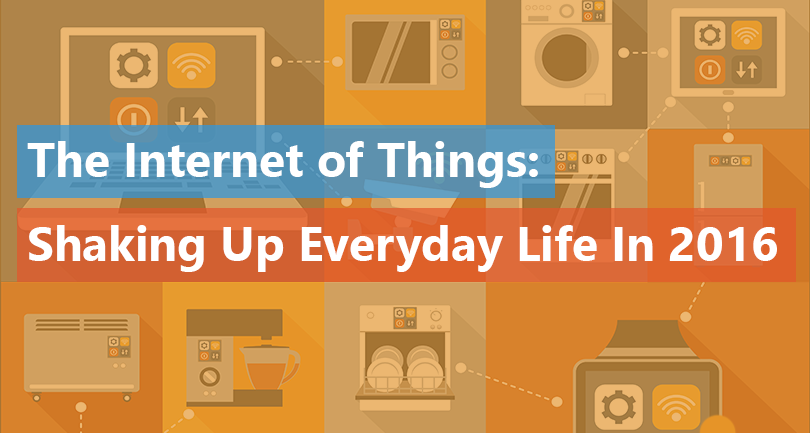
Another post from our guest author Nathan Sinnott!
As we’ve come to understand, technology advancement waits for no one. And as we watch the sun set on 2015 and enter 2016, smart retailers are rapidly adopting one or more technological breakthroughs that are beginning to permanently change how businesses and consumers interact.
The Internet of Things
Many of these new exciting technologies are part of what is called the Internet of Things (IoT). The Internet of Things is a network of physical objects or “things” embedded with electronics, software, sensors, and network connectivity, which enables these objects to collect and exchange data, without a need for human interaction. Each of these technologies relies on IoT in a different way, and clearly provides a competitive advantage or differentiator.
In the specific context of retail, Radio-Frequency Identification (RFID – which is the wireless use of electromagnetic fields to transfer data, for the purposes of automatically identifying and tracking tags attached to objects. The tags contain electronically stored information) is the most well-known example of the IoT. Tagging products so they can be tracked and counted has huge benefits for retailers. Using RFID tags, retailers can expect approximately 99% inventory accuracy, a 50% reduction in out-of-stock events, a 70% reduction in shrinkage, and sales increases from the 2% to 7% as a result.
Here are and handful of examples of how IoT is already changing retail and everyday life around the World:
Replenishment:
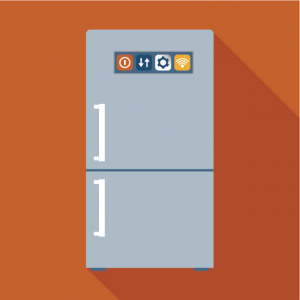
This is already starting to appear across various products from certain vendors, and I view it as having enormous potential for not only consumer convenience but also retailer revenue. Imagine pressing a button on the wall of the laundry room whenever you run out of detergent so that a new bottle is automatically ordered at your favourite online store for home delivery. These generic buttons could be configured for different products and placed around the home in strategic spots. Connecting home automation to eCommerce sites could be the next wave of retailing, and is starting to happen. We’re seeing consumable products such as ink cartridges capable of self-ordering replacements when current levels fall below a certain threshold, along with fridge and cupboard items able to detect when levels are low and an order is needed to restock.
Wearables:
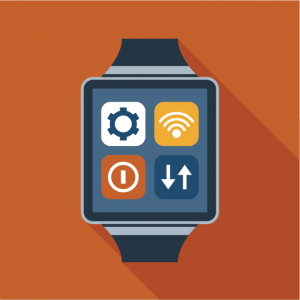
As we’ve seen in 2015, an emerging branch of IoT is wearables which is the many different smart devices that people or even animals can now wear. Using a wearable alarm button and other discrete wireless sensors placed around the home, dedicated products can track an elderly loved one’s daily routine and provide peace of mind for their safety by alerting family members of any serious disruptions detected in their normal schedule.
Animals benefit from this such as lions living in southern Kenya that wear collars capable of connecting to GPS & GSM in order to track their movements and communicate coordinates to researchers and those tasked with protecting them. Crossing into the field of augmented reality was Google Glass (Widely reputed as no longer active, but possibly not yet totally abandoned), which could provide retailers with flash reporting displayed as they scan the store, comparing product plans versus actual sales. Retailers could also scan bar codes to view extended product information as well as inventory information.
Wireless Sensing and Tracking:
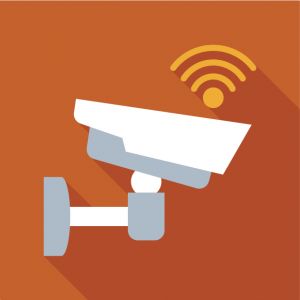
This not only exists in-store as many may think, but also to chains with multiple locations. An in-store example makes use of Bluetooth beacons to help track smartphones throughout the store and thus record the path-to-purchase data that can later be used to enhance store layouts. This is where it gets really interesting, as not only can this technology also be used to focus on individual shoppers as they move around the store, being able to provide information and offers or specials, but this can also extend to multiple locations where GPS tracking can be used to sense if a customer is within a certain radius of a store, and can push information to them with special offers tailored to their previous buying habits. And of course all of this extends to the checkout tills where shoppers can use NFC (Near Field Communication) equipped cards to make their purchase, and more recently start using alternatives such as Apple Pay.
In The Home:
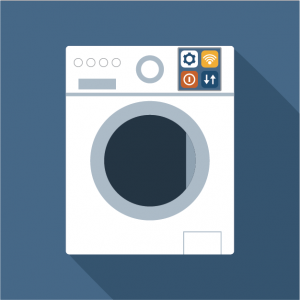
Home automation has been around for a while now, but it’s getting much more sophisticated, and more widely adopted. Retailers are now stocking “hub” products, which bridge protocols that vary across different vendors’ products, combining everything into a single neat controllable portal or application. Using these hubs, home users can control their hot water, lights, closed-loop cameras, heating and cooling, ovens, and much more via a single smartphone app.
Health and Wellbeing:
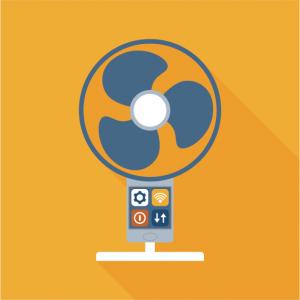
This area is experiencing enormous growth, and wearables are aiding its rapid trajectory. People can monitor their exercise, weight, and even how long they brush their teeth with devices connected to the Internet. Analytics mine the data for patterns and provide suggestions for improvement. I’m sure it won’t be long before retailers starting offering to analyse this data to better diagnose and prescribe products and or services to aid results, and health goals or remedies.
The Environment:
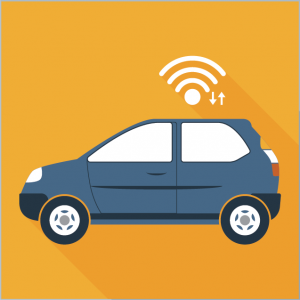
Making it easier than ever to keep bees, a team of enthusiasts created downloadable, printable beehives that can be enhanced with sensors to solve the problem of bee colony collapse. Internet connected sensors are being developed to log data about what is causing bees to disappear around the world. This data can be used to study colony health, build hard evidence against the causes of the problem, and generate change based on informed solutions moving forward.
Agriculture:
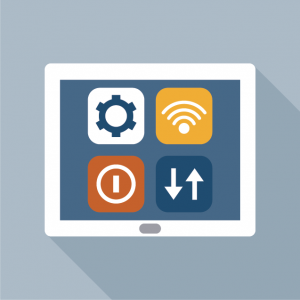
Farmers are making use of technology that uses a smart sprinklers combined with information about crops and soil data from their land and a variety of public weather data sources to determine how closely, deeply, and frequently to plant seeds or spray herbicides on a given square of farmland. Consumer variations of this technology also exist to use weather and soil information to determine the perfect amount of water to dispense for plants and grass, thereby saving as much as 90% on water bills, and avoiding the very common issue of watering right before it rains.
An Expanding and Thriving Industry
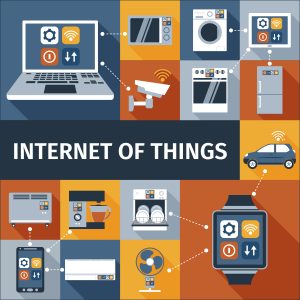
With the ubiquity of connected networks, inexpensive sensors, and cloud-based data storage capabilities, technology is no longer the inhibiting factor when it comes to disrupting the retail sector and just about every industry and process in our lives. Retailers, companies and industry that have the imagination and vision to put these emerging tools to use in ways that differentiate their organisations from the competition will be those that succeed and continue to expand and thrive.
 Nathan Sinnott is the founding CEO of Newpath WEB, a company specialising in digital consultancy, website design & development, mobile application development, software development and online marketing.
Nathan Sinnott is the founding CEO of Newpath WEB, a company specialising in digital consultancy, website design & development, mobile application development, software development and online marketing.





